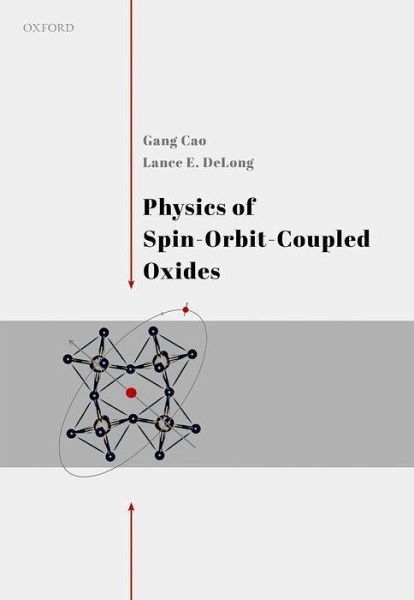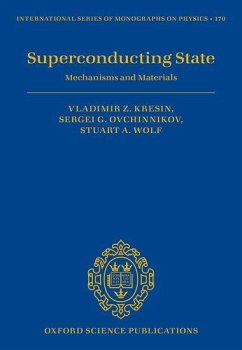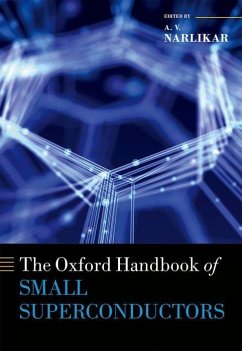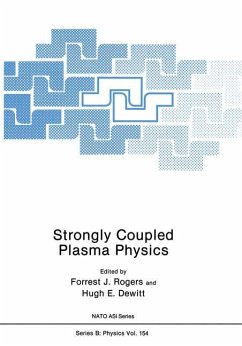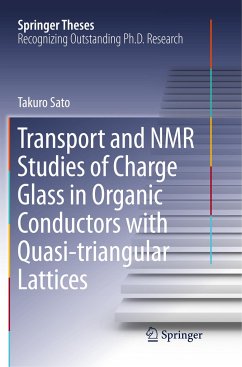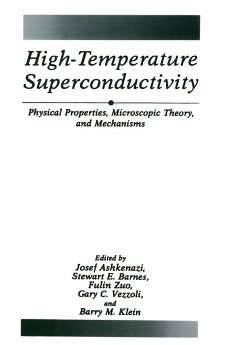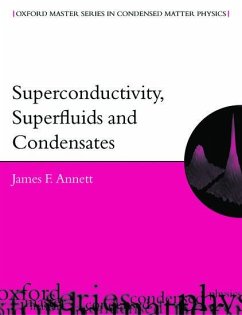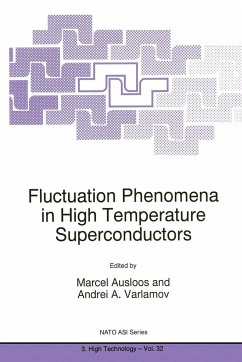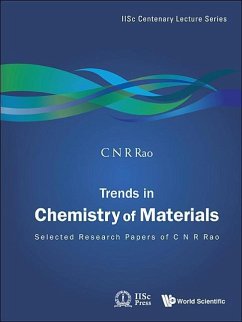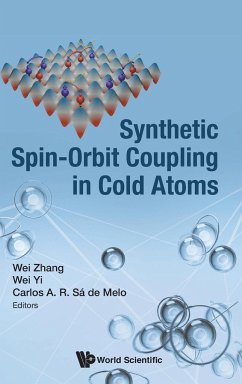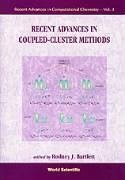Professor Gang Cao. Ph.D. in Physics, 1993, Temple University. Postdoc, Assistant Scientist, and Associate Scientist, 1993-2002, National High Magnetic Field Laboratory. Full Professor of Physics, 2016 - Present, University of Colorado at Boulder. Fellow of the Division of Condensed Matter Physics, American Physical Society, 2009. University Research Professor, University of Kentucky, 2009-2010. Albert D. & Elizabeth H. Kirwan Memorial Prize for Outstanding Contributions to Original Research or Creative Scholarship, University of Kentucky, 2015. Jack and Linda Gill Eminent Professor, University of Kentucky, 2011-2016. Over 250 publications. Professor Lance E. De Long. Graduated from University of Colorado, Boulder, B.A. in Physics, 1968. M.S. in Physics, University of California, San Diego, 1969. Ph.D. in Physics, 1977 (M. Brain Maple, Thesis Advisor). Associate Professor of Physics, 1979-2001; Full Professor of Physics, University of Kentucky, 2001-present. Scientist in Residence, Argonne National Laboratory Division of Materials Research and Technology, 1985-1986. Program Director, Low Temperature Physics, Division of Materials Research, National Science Foundation, 1988-1989. Visiting Scholar, University of California, San Diego, 2002. Co-Founder and Technical Consultant, LevTek Inc., 2000-2007. Fellow of the Division of Condensed Matter Physics, American Physical Society, 2006. Outstanding Referee for Journals of the American Physical Society, 2008. University Research Professor, University of Kentucky, 2015-16.
